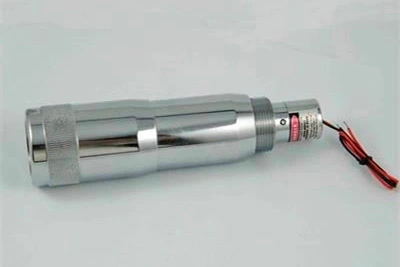Laser pointers are widely used in daily life. They are mainly used in classroom teaching, conference presentation, product demonstration, museum/exhibition hall/guide instruction, field trip, astronomical observation and other occasions to accurately indicate objects at a distance. So, how does a laserpointer work? How should we choose a laser pointer?
A laser pointer, is a portable device that uses a battery and a laser module (light-emitting diode) to emit a visible light beam. The range distance is relatively long, as an indication, but also can control PPT or Word and other documents page turning and black screen, quick play function. Common laser designators are 635nm red laser (635-660nm), 520nm green laser (520-525nm), 450nm blue laser (445-450nm), 405nm violet laser, different power, different color of light. Among them, the red laser pointer has mature technology, but also mature semiconductor process materials, relatively easy to achieve. Green laser Pointers are expensive and low power. Aiming Laser Technology Co. can provide the red, blue, violet and green laser diodes required by the above laser Pointers.

1. Carefully observe the light spot in a dark place. If there is obvious flood light around the laser point, the lens is unqualified.
2. Observe whether the spot is a perfect solid dot.
3. Carefully observe whether there are flickering and dimming problems when the laser is emitted. If so, it indicates that there is a problem with LD.
4. If the laser pointer is of low power (less than 20mW), it is necessary to observe whether the brightness of the laser will turn dark and bright when it is just emitted. If so, it indicates that there is a problem with the laser pointer's circuit or LD.
It is important to note that the laser should not be directed at the eyes under any circumstances as it may cause eye diseases such as cataracts, retinal detachment and macular edema.

